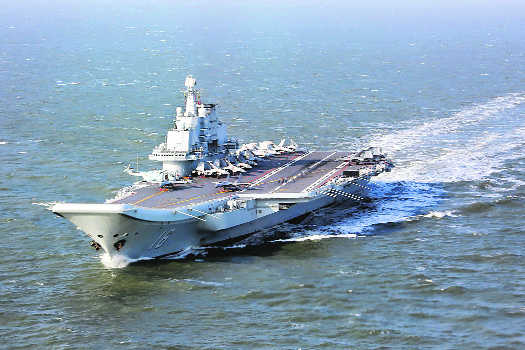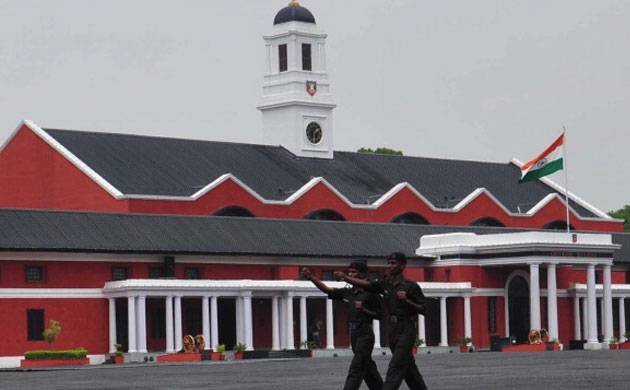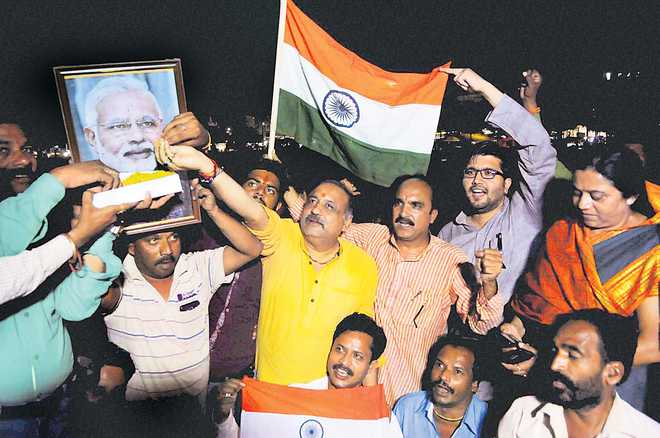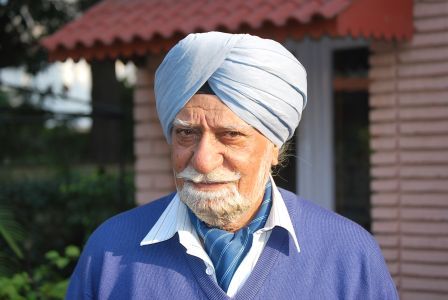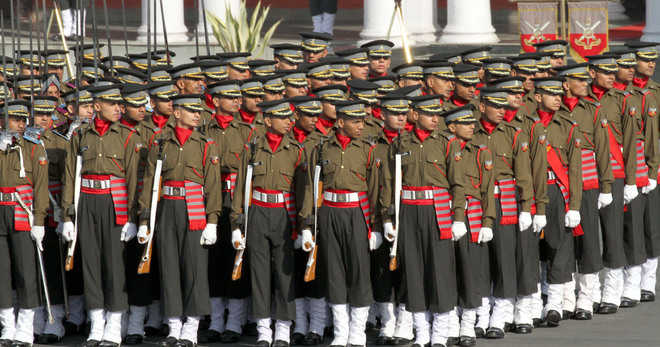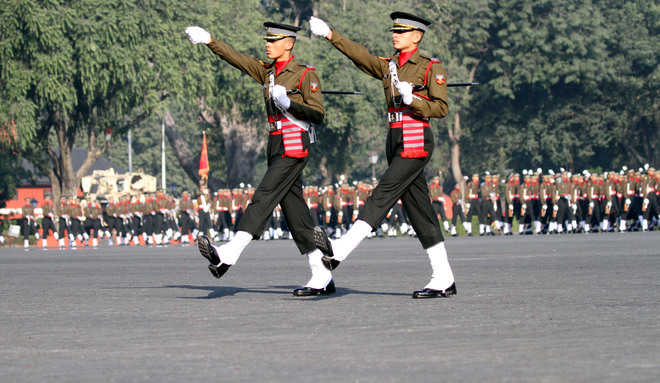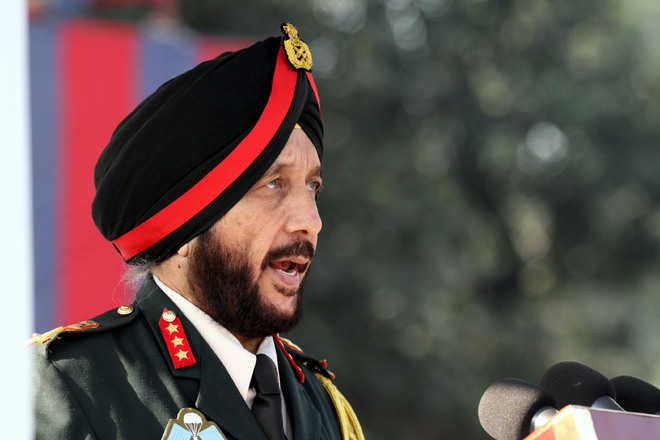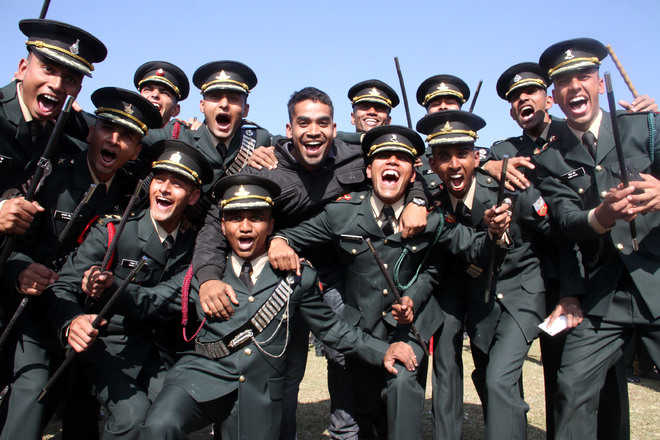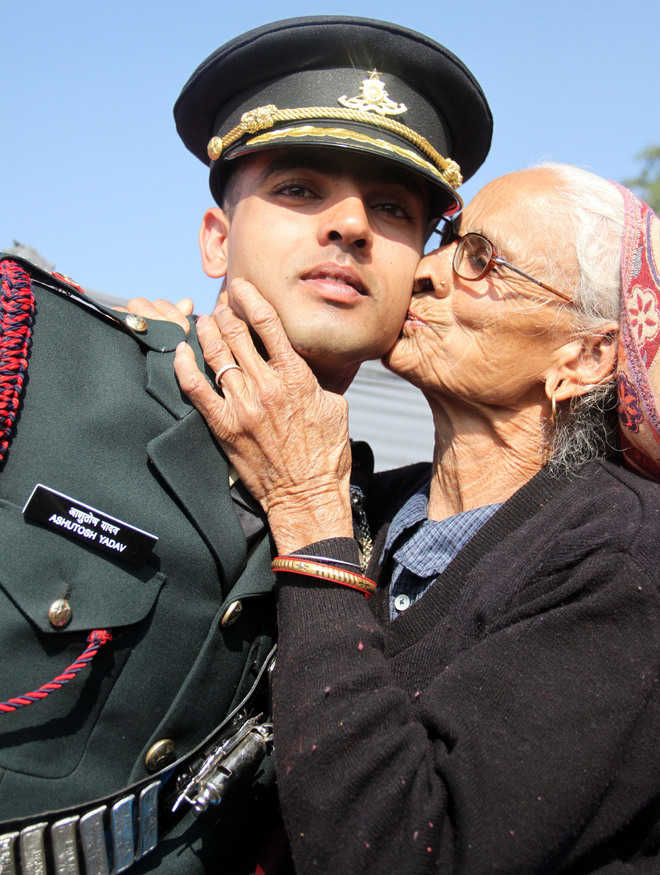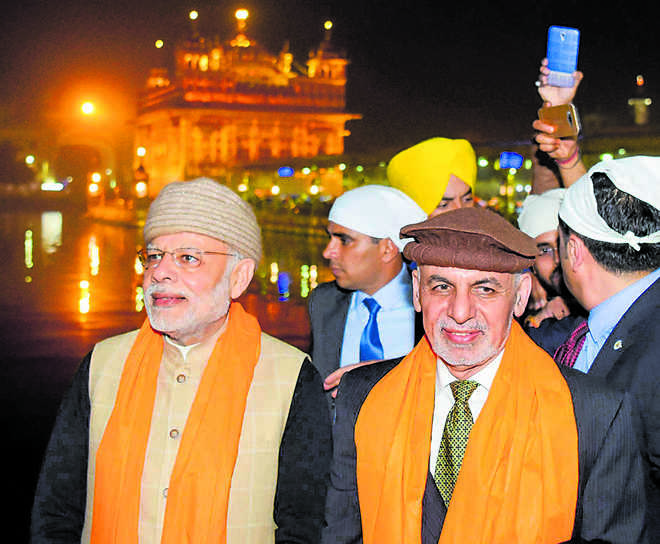
Start over: A dose of realistic diplomacy is overdue.
HEART of Asia conference at Amritsar, attended by 14 participating and over two dozen supporting countries was jointly inaugurated on December 4 by Afghanistan’s President Ashraf Ghani and India’s PM Narendra Modi. It brought diplomatic theatre to Punjab and transitory focus on the holiest shrine of the Sikhs. It also stirred, to borrow from Marcel Proust, remembrance of things past. Firstly, the visit of Afghan President and PM Modi to the Golden Temple, the foundation of which was laid by Hazrat Mian Mir, a Sufi saint, on December 28, 1588, was a great opportunity missed to bury past hurts. While Sikh religion rose from the reformist Bhakti movement, it was chiselled by resisting religious persecution by some Mughal rulers and Afghan marauders in the 17th and 18th centuries. The Golden Temple, often targeted, was eventually defiled and destroyed by Afghans under ruler Ahmad Shah Abdali. His raid of 1764 to target Sikhs, their holy places, particularly Amritsar, is etched in Sikh memory. Thus reducing President Ghani’s Golden Temple visit to a photo-op in the parikarma with PM Modi, without his expressing regret then or next morning, when he addressed the conference, was a great historical opportunity lost for contextualising Afghanistan’s current battle against the Taliban or the entire Islamic world’s struggle with radical Islam. After all, the Taliban destroying the Bamiyan Buddhas or ISIS now levelling churches or old monuments in Syria were displaying the same bigotry that Muslim despoilers of Indian places of worship showed in centuries past or even the Catholic Inquisition did in Portuguese occupied Goa of that period. It took a courageous German Chancellor Willy Brandt to kneel at the Warsaw Ghetto Uprising monument on December 7, 1970, to kick-start the debate in Germany to take ownership for the sins of their Nazi past. Secondly, the rubric ‘Amritsar Declaration’ ignored that the 1994 declaration issued from Akal Takht demanding autonomy for Sikhs is also so titled. Ironically, while that resolution sought a looser federation in India, the present declaration seeks closer integration in the entire region from Central to Southern Asia. It ignores two critical elements. One, globally the trend is towards de-globalisation and protectionism, particularly in the West and the US, where benefits of regional integration are being questioned. Two, the heart of the matter is distrust amongst nations of the region, particularly between India and Pakistan, without which connectivity and trade cannot develop. The Heart of Asia conference was envisioned in 2011 to create a framework for discussion amongst neighbours of Afghanistan, as the declaration states, to increase ‘trust and confidence in the entire region’. This was to ensure that Afghanistan did not relapse into the post-1990 civil war between surrogates of neighbouring powers. It is common sense to conclude that to make Afghanistan economically self-reliant and wean it away from the narco-terror cycle of financing it needs to connect to regional trade and investment pathways. The Amritsar Declaration recognises this and addresses it in two parts. One deals with existing challenges; and the other on how to achieve prosperity. The former highlights the intermingling of terrorism, narcotics and radicalised Islam and exhorts participants to use national means and international commitments to counter that threat. The latter envisions connectivity and free trade across the entire region, based on the linking of existing and planned road, rail and port developments. For instance, the Indian trilateral agreement with Afghanistan and Iran for the development of Chabahar Port and the Chinese One Belt, One Road initiative are but two of a maze of currently separate ventures connecting China and Russia to Central Asia and further to South Asia. At the heart of this vision for a new Asia lie India-Pakistan relations, bedevilled by distrust and rivalry. At Amritsar, India caught Pakistan in a pincer move between President Ghani alleging that without Pakistani help the Taliban could not survive and India’s own lament that Pakistan must stop exporting terror and using it as an adjunct to their foreign policy. Although South block denied any meeting with Pakistan’s de facto foreign minister Sartaj Aziz, it is unbelievable that messages would not have been exchanged. If that did not happen, it was another opportunity lost as no muscular policy towards Pakistan can work without keeping the door open for ascertaining what effect, if any, the policy is having on Pakistan’s thinking. The Amritsar Declaration signals emerging consensus amongst Afghanistan’s neighbours that a stable Afghanistan is a condition precedent for a stable region. This cannot be achieved unless rivalries and zero-sum gaming are abandoned. Pakistan, in particular, has to reconcile that an independent government in Kabul will deal with other neighbours, including India. Furthermore, the region will not allow a regression to the Taliban era with Pakistani veto over who ran Kabul. Para 14 of the Amritsar Declaration lists terrorist groups endangering the region, including the Lashkar-e-Taiba and Jaish-e-Mohammad which are ISI-sponsored groups for targeting India. This gave India bragging rights on cornering Pakistan as China has been stalling the listing of their leaders by the UN Security Council.The question however remains about Indian strategy in dealing with the troublesome neighbour. The so- called ‘surgical strike’ has failed to deter Pakistan otherwise there would not have been beheadings of Indian soldiers at the LoC or the Nagrota attack. India can either escalate retaliatory strikes, by weapons fire or actual intrusion, hoping the Pakistan army will eventually sue for peace. Alternatively, India could give some time and space to the new chief of Pakistan army staff Gen Qamar Javed Bajwa to see if he modulates his army’s tactics by putting the terror modules on leash, albeit temporarily. Assuming President-elect Donald Trump’s benediction or Chinese President Xi’s restraint, despite provoking him in Arunachal Pradesh, is poor strategising. As a rising power, beset currently with demonetisation disruption, it is not in India’s interest to escalate tension. All talks are not kowtowing, nor is chest-thumping a strategy. A dose of realistic diplomacy all around is overdue. The writer is a former Secretary, Ministry of External Affairs








